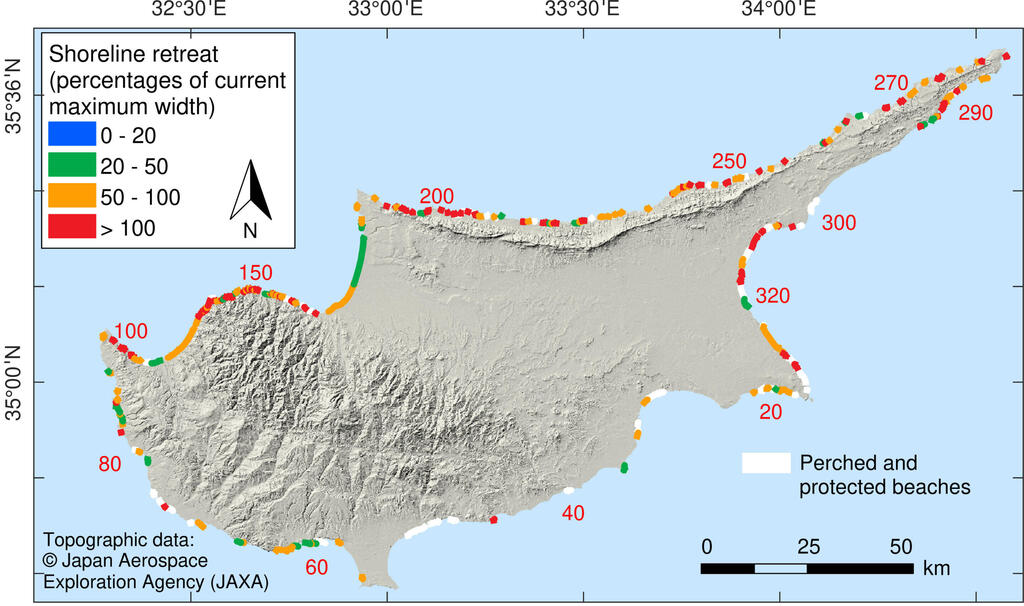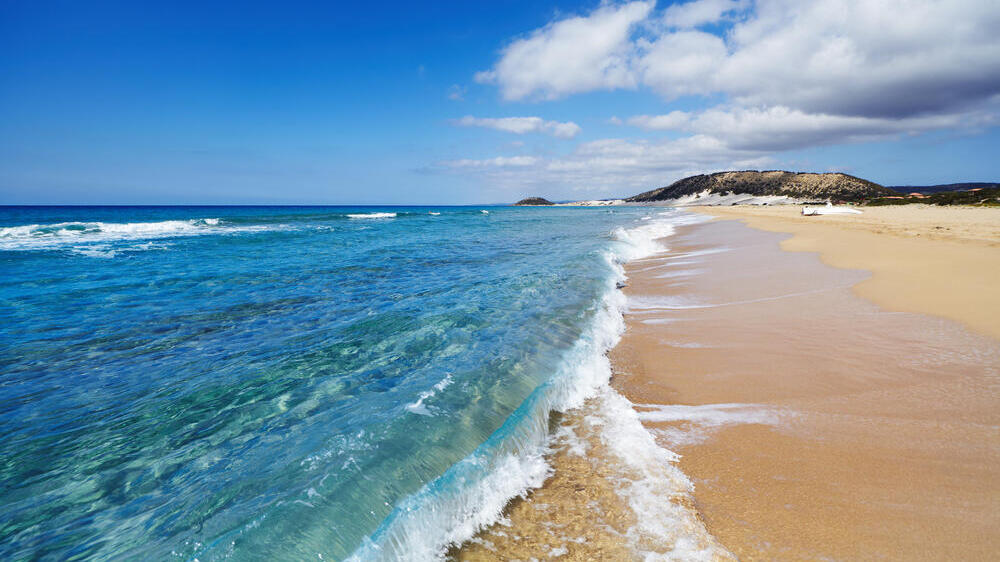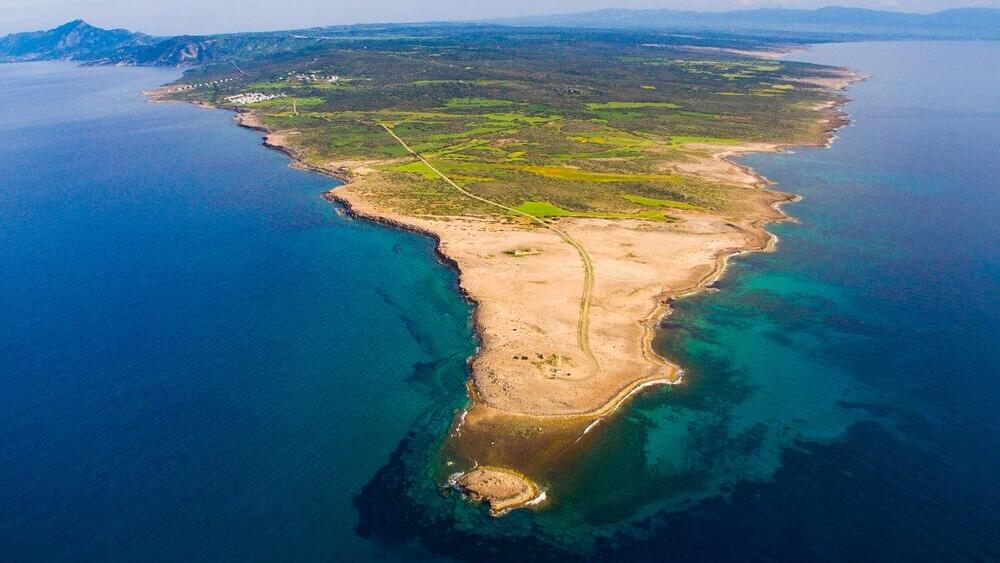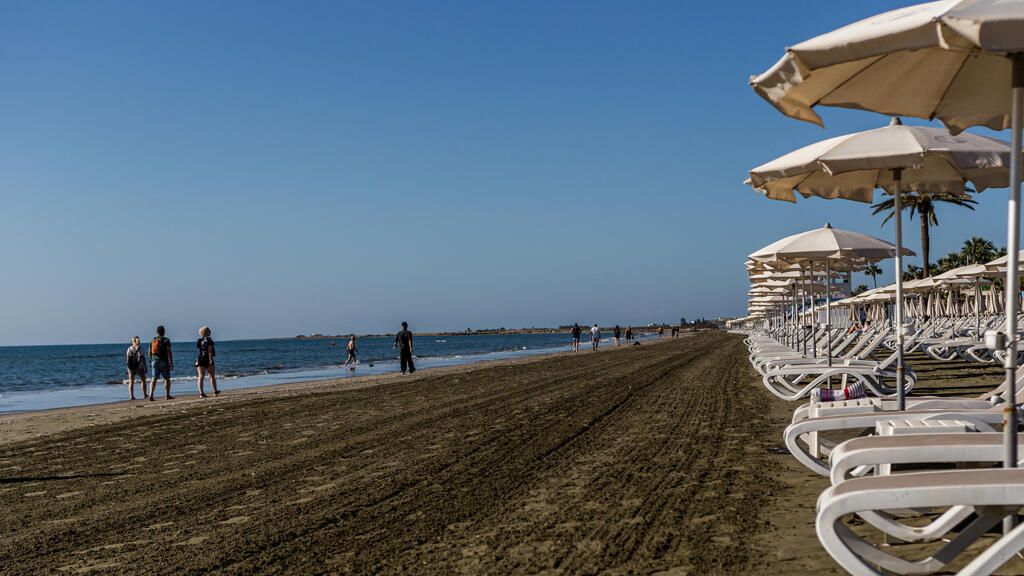Researchers warn that the beaches of Cyprus are at risk from climate change, as rising sea levels and wave motion are currently and will continue to erode the sandy shores of the Mediterranean's third-largest island, with a coastline stretching over 740 km.
Read more:
According to a recent study conducted by the Hellenic Center for Marine Research, up to 72% of Cyprus's beaches may be affected by the year 2100.
The findings were published in the journal Frontiers in Marine Science. Satellite imaging was used, to assess the vulnerability of 241 unprotected beaches in Cyprus, along with predictive models developed to assess rising sea levels and wave motion under different climate scenarios. This allowed researchers to estimate the rate of beach erosion expected in the coming decades.
The two main problems - rising sea levels, and the movement of waves, were exacerbated by the loss of sediment flowing downstream from rivers. Sediments are trapped by dams built at the river's upper course, resulting in less available sand for beach recovery.
According to the findings, an extreme rise in sea levels (up to 1.29 meters or 4.2 feet. on average, compared to the baseline measured in 2000) will have a more severe impact on the southern and western coastlines in Cyprus. Beachers were also discovered to have narrowed by 50 meters (164 feet) where they were most vulnerable to erosion, with up to 72% of them expected to shrink or even disappear by the end of the century.
4 View gallery


Projection of the impacts on 241 currently unprotected Cypriot beaches in 2050
(Photo: Monioudi et al, 2023)
Under possible greenhouse gas emission scenarios, considered by the intergovernmental panel on climate change, an event of carbon dioxide emissions reaching 650 parts per million (RCP4.5) and rising to 1,500 parts per million (RCP8.5) would cause the sea level to rise by about 2.04 meters (6.7 feet) and the severity and frequency of storms would also increase, including erosion-causing waves.
By the end of the century, extreme storm events are projected to impact about half of the beaches, particularly those along the northern coastline, causing significant damage to natural ecological systems and infrastructure, if adequate safety measures are not implemented.
Under the RCP4.5 scenario (the intermediate scenario of greenhouse gas concentration), extreme events like these are expected to occur every 9 to 27 years from 2050. However, under the more severe RCP8.5 scenario, the frequency of storms will increase and are projected to happen every 2.5 to 13 years. Beyond the year 2100, the frequency of storms may grow, to several times per year.
Such an outcome of climate change would impact the island's tourism industry and in 2008, regulations were passed to prevent construction of hotels and other facilities on the shores.




